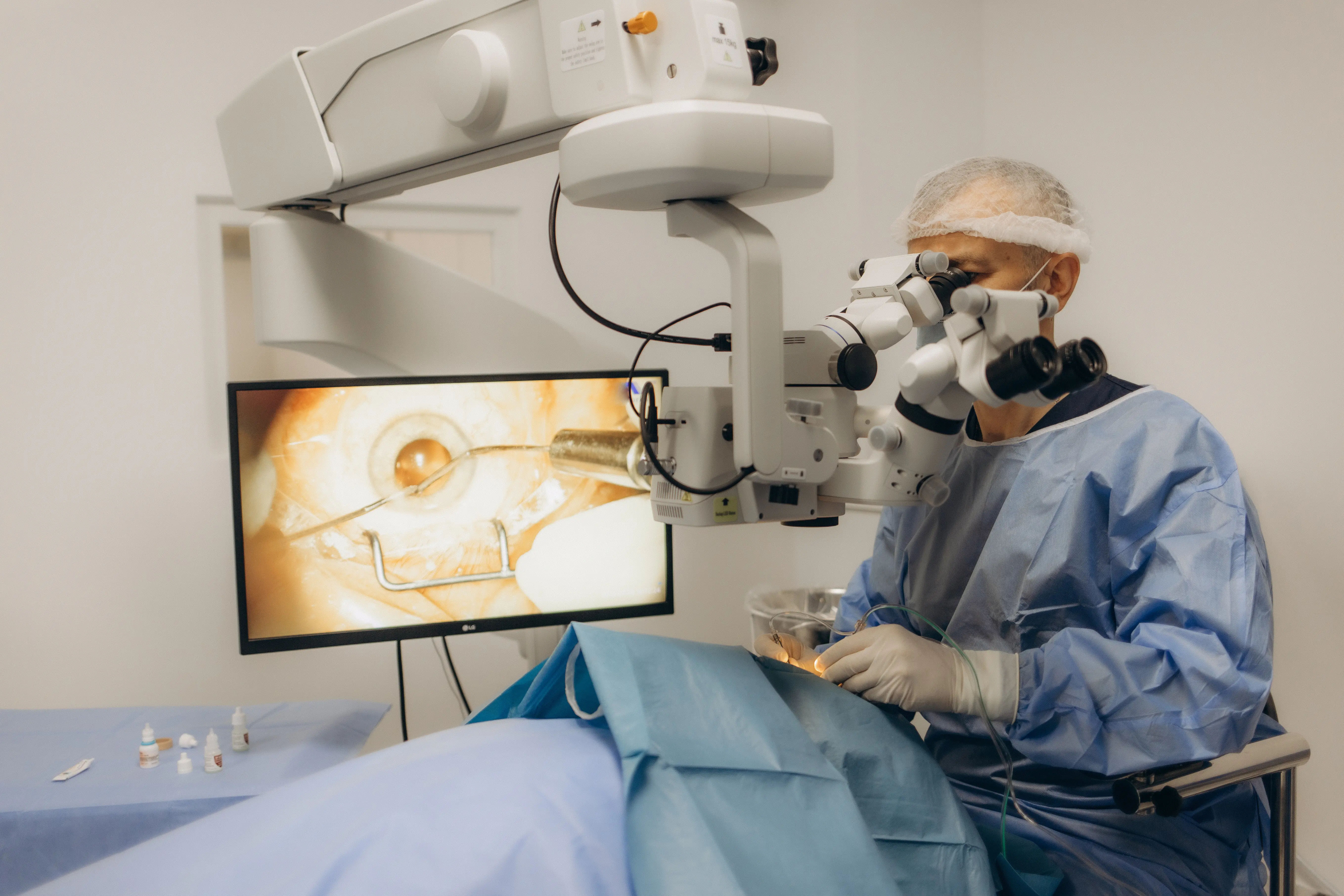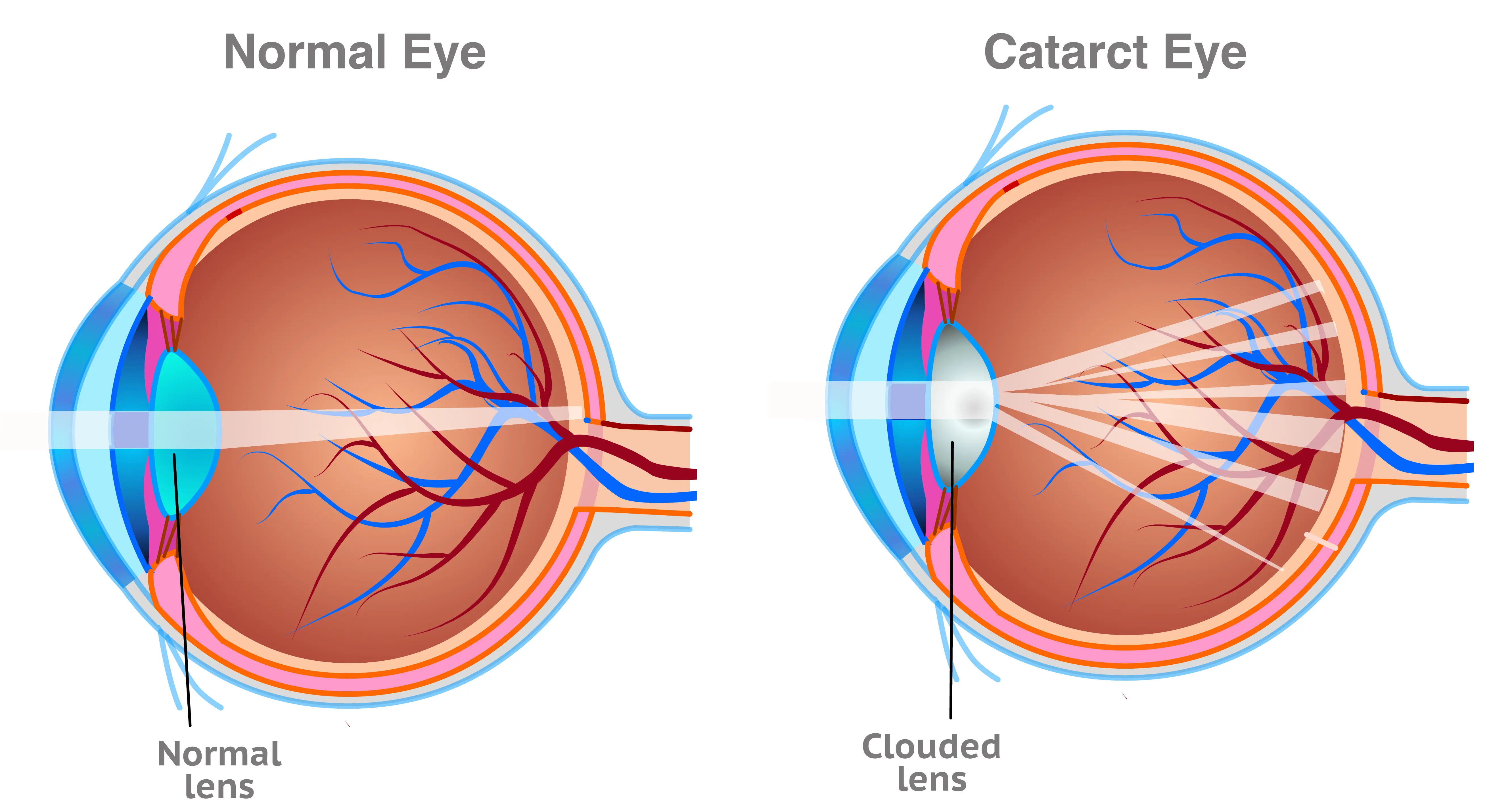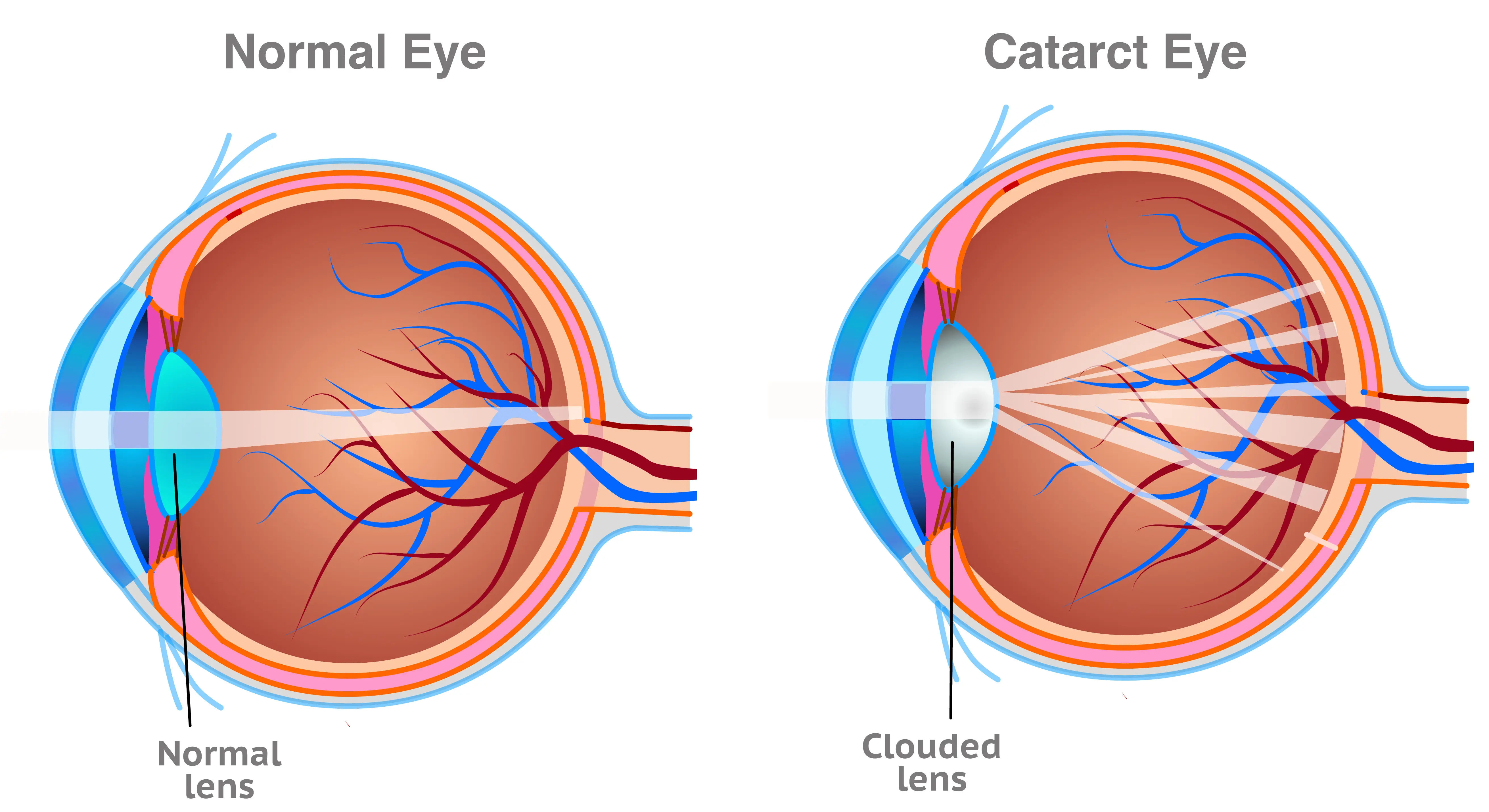- Female
- 30 Years
- 14/08/2025
Are there any non-surgical treatments for ptosis like exercises or other options and if surgery is the only way how much does it usually cost
Answered by 1 Apollo Doctors
Mild ptosis may improve with special glasses or eye exercises but results are limited; surgery is most effective, costing ₹20k–₹60k depending on hospital and surgeon.
Dr. Dhankecha Suggests...
Consult a Ophthalmologist
Answered 14/08/2025
0
0

More Ophthalmology Health Queries
View allI'm scheduled for Contoura surgery this Monday but I'm a bit confused about the details. One paper says Contoura only, while the other mentions Contoura Femto LASIK. My right eye has -8 power with -1 cylinder can you clarify which procedure I'm actually getting?
eye drops are advised ,for severe cases surgical excision is advised to the pt.
read more![Doctor 1]()
![Doctor 2]()
Answered by 1 Apollo Doctors
I'm a little concerned about my eye health and wanted some guidance. I have cylindrical power of 1.75 in both eyes, and I usually wear my glasses for reading, writing, using my phone or computer, and watching TV. Is it okay if I skip wearing them during other daily activities? I'm wondering if that would affect my vision or eye health. Could you give me some advice on this?
No you have to use it continously f notyour powe would increase and might lead to serious problems
read more![Doctor 1]()
![Doctor 2]()
Answered by 1 Apollo Doctors
I'm currently using 1.0 power glasses for both eyes and want to stop depending on them. If I go for LASIK refractive surgery, what kind of side effects should I be prepared for?
Consult opthalmologist for that.
read more![Doctor 1]()
![Doctor 2]()
Answered by 1 Apollo Doctors
Disclaimer: Answers on Apollo 247 are not intended to replace your doctor advice. Always seek help of a professional doctor in case of an medical emergency or ailment.





